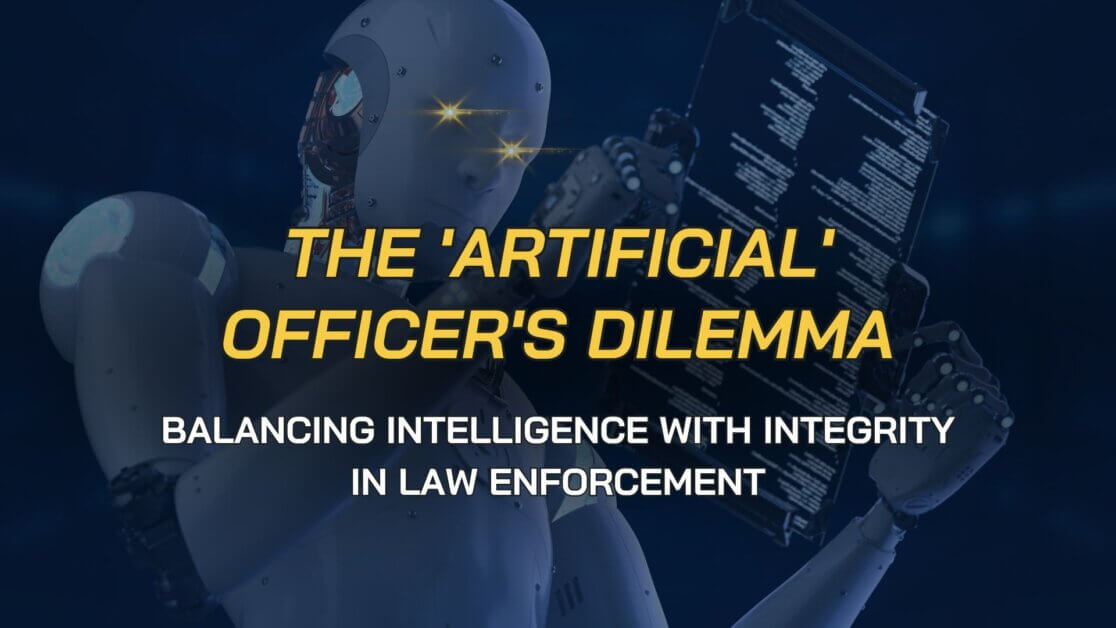For today’s article, we will look at a Civil case out of Massachusetts where the trial court and ultimately, the 1st Circuit, looked at the facts and circumstances involved in O’Brien’s arrest and subsequent booking and determined that the officers were entitled to Summary Judgment and dismissed the case. Prior to filing this civil claim O’Brien pled guilty to a number of criminal charges including assault and battery on a police officer, resisting arrest, and malicious destruction of property.
A key case cited here by the officers is Heck v Humphrey[i]. In 1994 the US Supreme Court decided that a Section 1983 civil plaintiff cannot allege a civil claim that would tend to invalidate a conviction in a previous criminal case. The defendant officers claim that, under Heck, the plaintiff’s civil claims alleging excessive force are barred. The District Court agreed.
So, what does the appellate court have to say about this?
FACTS
Bellingham police were called to a Shirley Drive address when a resident heard screaming coming from the woods. Officers arrived to find the plaintiff, Joseph O’Brien, laying in the woods with his pants undone. When Officer Joyce attempted to talk with O’Brien the plaintiff became combative and had to be pepper sprayed. Another neighbor/witness testified that the officers talked with O’Brien for “10 to 15 minutes” trying to gain compliance without success. The witness claims an officer was able to put one handcuff on O’Brien, but the plaintiff then started fighting with the officers and it took some time for the officers to gain control and handcuff O’Brien.
Once at the station O’Brien continued to resist and officers called for Bellingham Rescue. O’Brien refused to cooperate with the EMTs and eventually the EMTs left stating that the plaintiff refused treatment. For over an hour and a half, the officers attempted to control O’Brien. However, O’Brien fought with the officers and destroyed a phone, smashed a glass security window with his hand, and smashed a clock in the booking area. Finally, the officers were able to re-handcuff O’Brien and called Rescue to transport O’Brien to the hospital.
Medical staff diagnosed O’Brien as suffering from a ketamine overdose as well as several fractures. It was unknown whether the fractures were caused by the officers’ use of force or the plaintiff’s own actions.
As we noted above, O’Brien then pled guilty to a number of criminal charges in state court. The plaintiff then filed this civil claim alleging a number of constitutional violations and state law claims. The trial court determined that a number of O’Brien’s claims were barred under the Supreme Court’s ruling in Heck and any remaining claims were dismissed since the undisputed facts showed the officers’ actions were objectively reasonable. This appeal followed.
FIRST CIRCUIT FINDINGS
The appellate court first addressed those claims that were barred under Heck v Humphrey. The court determined that “O’Brien’s excessive force claims arising from the incident in the woods are ‘so interrelated factually’ with his state convictions arising from those events that a judgment in O’Brien’s favor would ‘necessarily imply’ the invalidity of those convictions.” Turning to the events in the booking room the court similarly determined that O’Brien’s Section 1983[ii] claims would invalidate his earlier criminal convictions.
With respect to those claims not barred by Heck, the 1st Circuit reviewed the booking room camera footage and determined that the officers did not use any force until O’Brien began threatening the officers and smashed a window. In fact, the video showed that officers had called for medical attention before O’Brien even arrived at the booking room and they removed the handcuffs so that EMTs could treat O’Brien.
The court also observed that the officers had minimized their use of force during the booking room encounter. The court noted that the officers had called for a K-9 unit but did not engage the suspect with the dog and fired 40mm rubber bullets at O’Brien “sparingly”. Finding that “no reasonable jury could find that the officers’ actions were unreasonable under the circumstances”, the 1st Circuit affirmed the trial court’s ruling.
TAKEAWAYS
This case highlights a number of important points. First, if you are involved in a civil matter it is important to understand the outcome of the relevant criminal case. If there is a plea deal or other judicial determination it may preclude a plaintiff’s civil claims.
The good news is that there are very few booking areas out there that are not under video/audio surveillance. The bad news is that these areas may be recorded on a digital system that automatically erases footage after a certain period of time. Maintaining a large amount of memory can be expensive so many agencies only maintain video footage for a finite period of time. Therefore, it is important that officers notify supervisors or IT personnel when there is footage that could have evidentiary value and should be saved. It goes without saying that video footage showing a suspect destroying agency property and fighting with the officers has evidentiary value.
And finally, be sure to document your actions, the suspect’s actions, and the names of any medical personnel who have treated the suspect. As always court dates take time and writing a good report directly after an event happens will always help you in the long run.
For more articles and courses on UOF related topics, please join us for our 2020 Virtual Use of Force Summit. More information on instructors, registration, and seminars can be found here.
[i] Heck v. Humphrey, 512 U.S. 477 (1994)
[ii] 42 U.S. Code § 1983.Civil action for deprivation of rights



